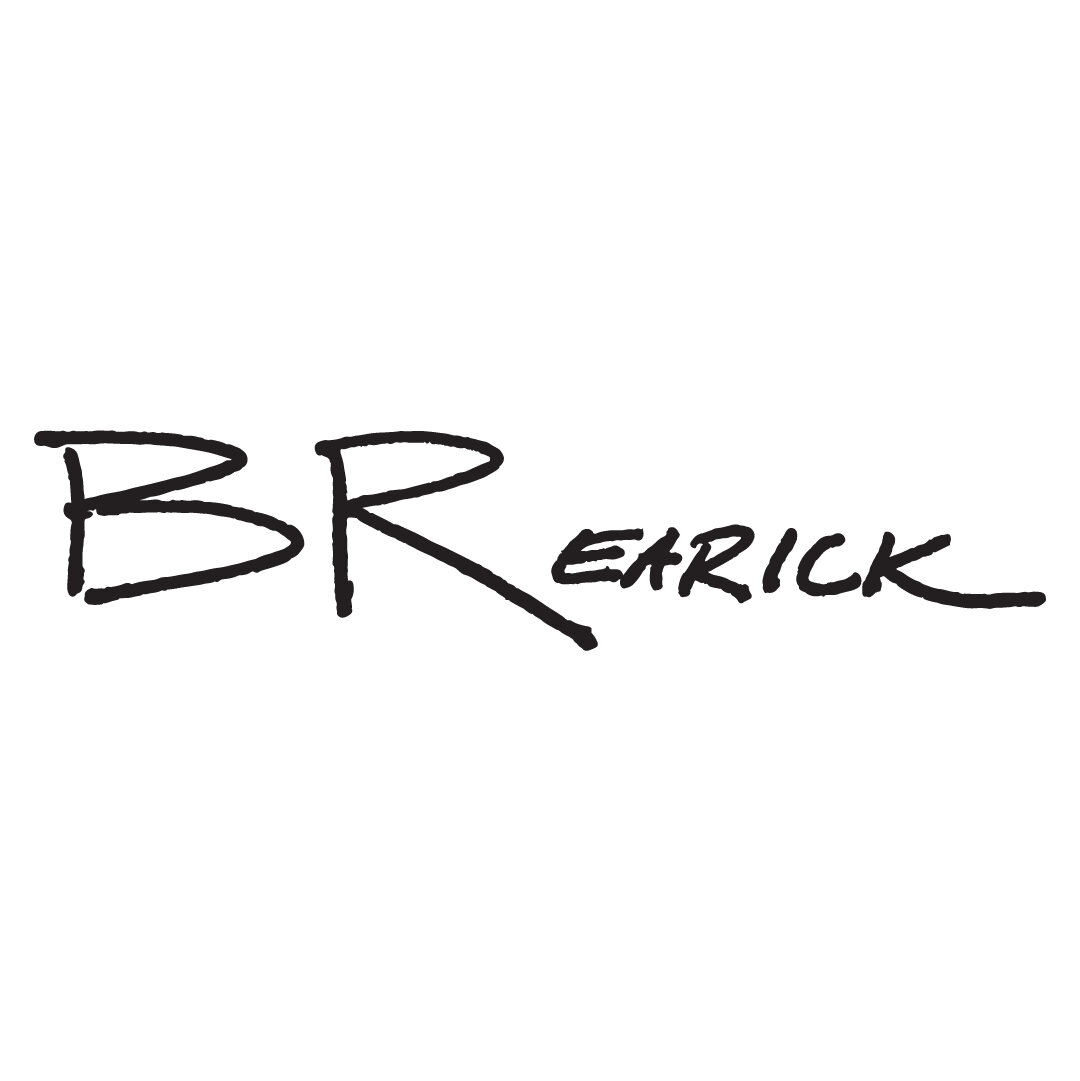A CUEING CHECKLIST THAT WORKS FOR ANY EXERCISE - P.A.F.
At one of our recent Certified Functional Strength Coach courses someone asked, “what order should I cue in?” Without realizing it until after I thoroughly explained, my answer made a nice acronym for cueing any exercise: P.A.F
Position
Action
Finish and Feel
Cue the POSITION you want them to start in (including the weight if you’re using one)
Cue the ACTION or the movement
Cue how you’d like them to FINISH and where they should be FEELing it (I don’t think coaches ask this question enough. I don’t have enough fingers or toes to count the number of people who have rubbed their quads or back when they’re suppose to be feeling the exercise in their glutes and hamstrings. Most people don’t intuitively know what muscles they should be using and I would have never known unless I asked.)
Examples
Goblet Squat to a Box
Find a box height (use pads to adjust the height) that allows you to squat to parallel. Hold the weight against your chest. Elbows in. Feet shoulder width apart with your toes slightly turned out. Have the backs of your heels against the box.
Sit back to the box. Tap your butt to the box. Do NOT sit down or relax on the box.
Drive through the ground and stand up tall. You should feel this in your hips, legs and core. I don’t not want you to feel this in your back or knees.
Bottoms Up Push Ups
Starting on the ground put your chest on an airex pad or yoga block. Your elbows should be out to your sides so you look like an arrow. Not an ‘I’ or a ‘T’.
Squeeze your heels together and straighten your knees. Push the ground away from you. Hips and shoulders should move in one motion like you are a plank or a board.
Lower yourself down with control and touch your sternum to the pad every time. If you don’t touch the pad the rep doesn’t count. Do not stick out your neck or drop your hips. You should feel it in your CORE as much as you feel it in your chest. Although push ups are a core exercise first, your chest will get sore as a by-product of holding such a nice plank position.
Dumbbell Row
Stand and arms length away from a bench. Place the weight between your feet and the bench. Feet are shoulder width. You’re going to sit back like your going to deadlift then fall forward catching yourself with one hand on the bench. 50% of your weight on your hand and the other 50% on the balls of your feet. You should look like a table. Head down & back flat.
Grab the dumbbell or kettlebell palm down, then bring the bell wrist to ribs without rotating your body. Keep your body parallel to the ground.
Return the bell to the ground every time. You should feel this exercise in your upper back, lats, and core. It’s as much a anti-rotation drill as it is an upper back exercise.
This article was written by Coach Brendon Rearick the author of “Coaching Rules: A How-to Manual for a Successful Career in Strength and Fitness” and creator of “Building Exercise Checklists for Successful Training” . He can be contacted at brendonrearick@gmail.com

